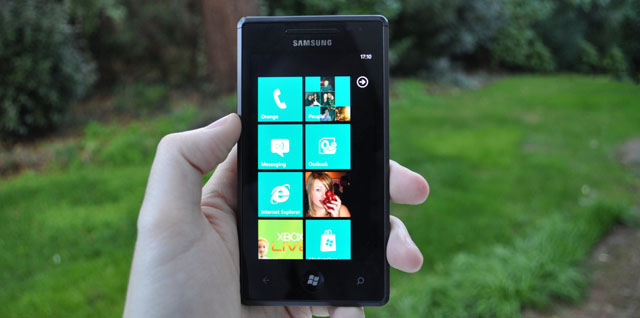
Microsoft has just released hundreds of pre-built mobile app components, open-source projects, and SDKs for Windows Phone development into the wild.
The new components and APIs come via Verious, a marketplace for plug-and-play bits and pieces for mobile applications.
And from what we’ve been hearing from mobile developers around the world, this library of goodies couldn’t have come at a better time.
Developers are intrigued by Windows Phone’s gorgeous interface — the legendary Woz even said his Nokia Lumia handset was more like a friend than a phone.
But at the same time, developers are hesitant to make big investments of time, energy, and company or personal resources when the platform is still relatively unstable. The Lumia line, which put all Nokia’s eggs in Microsoft’s basket, has been notoriously underperforming, even to the point that some shareholders are suing the company. Why would a developer have any confidence that a Windows Phone app might be successful?
Today’s news takes some of the edge off that roadblock, at least cutting down development time significantly. Verious worked closely with Microsoft to get these components together and launched, and here are some examples from Verious’ Windows Phone collection:
- The largest existing collection of Metro-style icons, which is generally sold for $499
- A package of eight Silverlight UI controls to greatly reduce development time
- A collision detection system/physics engine for games, simulations, etc.
- A few mapping and charting tools
Don Pitt is a VP at Verious; in an email conversation with VentureBeat, he said that now is, indeed, an interesting time to dip one’s toes into the Windows Phone waters.
“We’ve seen a lot of interest in the platform with developers. You are correct that the Metro interface has a lot of them excited. We’re hearing that the Metro UI is an evolution of Visual Studio, so it is an easy transition for many developers.”
Ah, Visual Studio — don’t get me started. I love Visual Studio, and I was surprised to learn as a fairly green developer that quite a few (non-Microsoft) developers appreciate Visual Studio, as well.
However, there’s an existing and quite large community of Microsoft developers out there, too, especially in the enterprise; and Pitt points out that they might also feel quite comfortable developing for Windows Phone.
And of course, there’s the millions-strong army of general developers who can create hybrid mobile web apps for Windows Phone — and just about any other platform. Verious is also releasing a slew of HTML5 goodies today for mobile developers, and Pitt sees the convergence as highly beneficial.
“Hybrid HTML5/native apps is a big trend, that only becomes more compelling when you add a third platform like Windows Phone to the mix,” he said. “For companies that want to be on all three platforms (iOS, Android, and Windows Phone), they have to look at leveraging web technologies so that they have some shared assets across platforms. This is helping drive our component model and is a big reason why we are launching both Windows Phone and HTML5 categories at the same time.
“I definitely think that companies looking to move to Windows Phone from other platforms will look to web technologies to ease the transition.”
Of course, native functionality is still necessary for accessing certain hardware components — for now. But the mobile web is gaining a fearsome amount of traction these days, and it looks like Verious is right on trend.
VentureBeat's mission is to be a digital town square for technical decision-makers to gain knowledge about transformative enterprise technology and transact. Learn More

